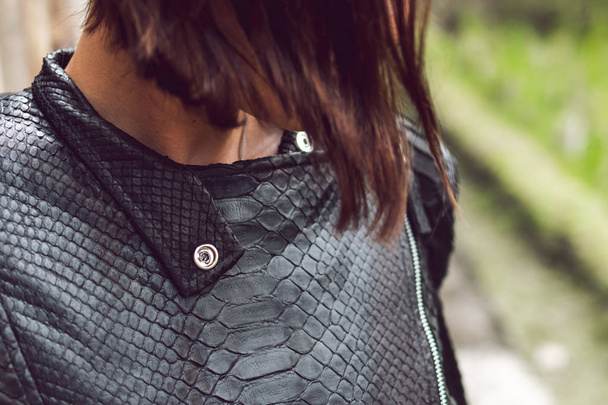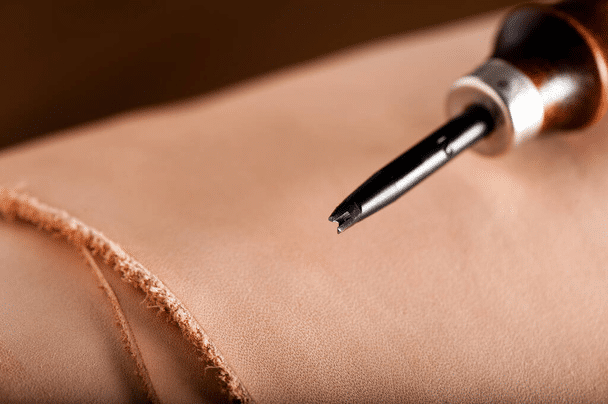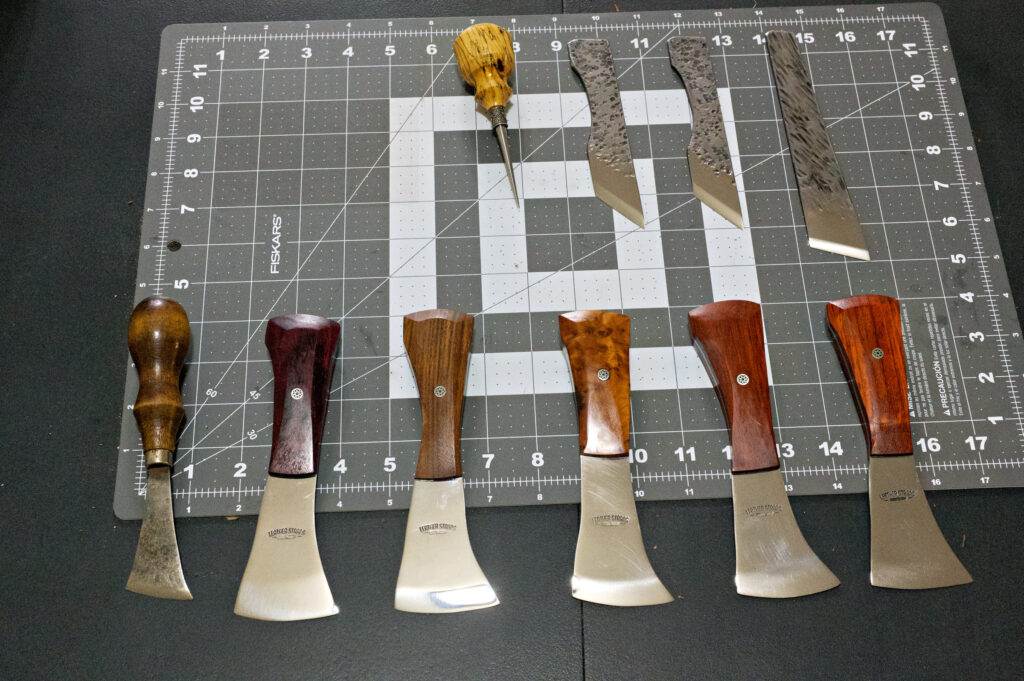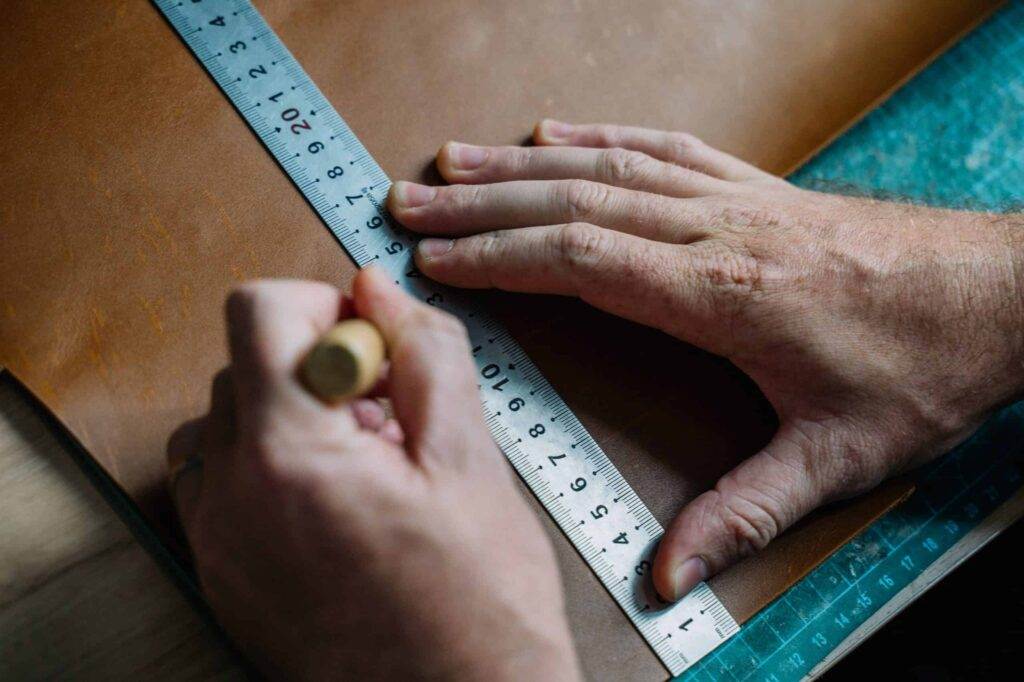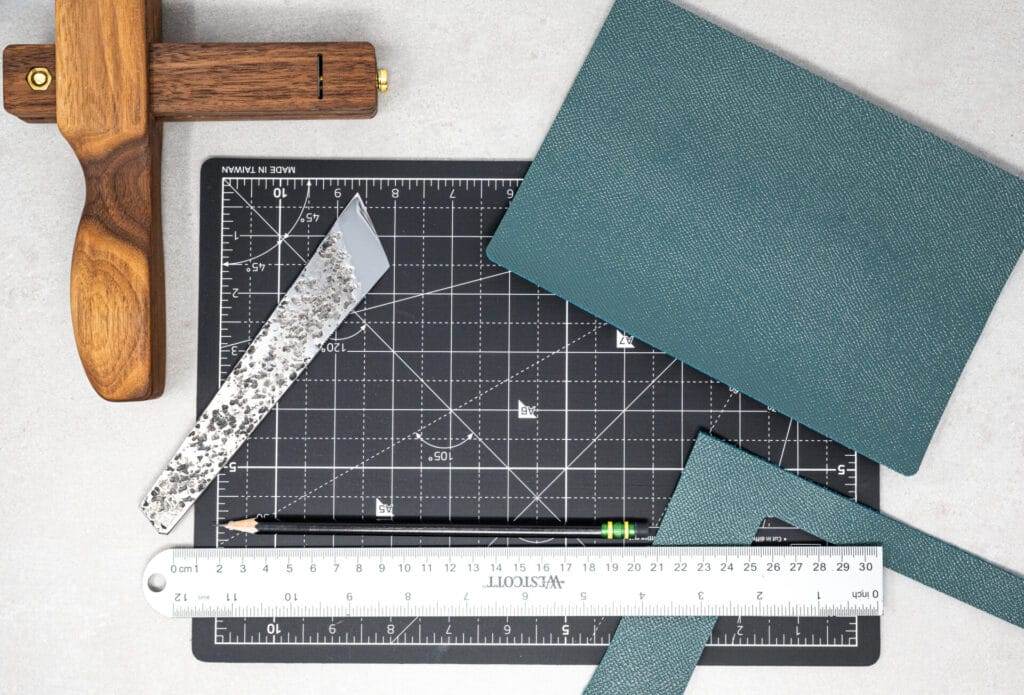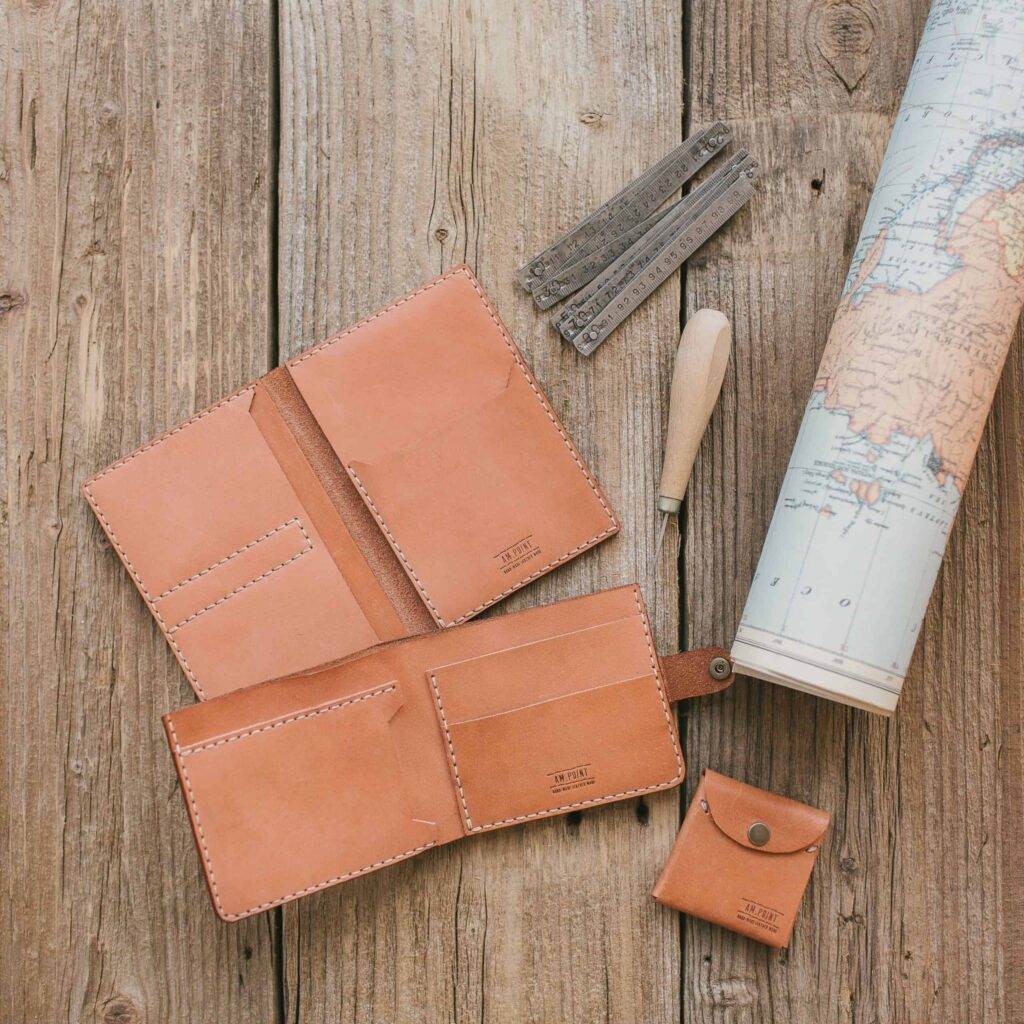Guide to Exotic Leather Properties in Leathercraft
Exotic leather refers to the hides and skins derived from animals that are not commonly used in traditional leather production. This category encompasses a wide range of materials, including those from reptiles, birds, and even certain mammals. The allure of exotic leather lies in its unique textures, colors, and patterns, which can elevate any crafted item to a work of art.
Unlike conventional leather, which is often uniform in appearance, exotic leathers offer a distinct character that can enhance the aesthetic appeal of products such as handbags, shoes, and accessories. The use of exotic leather has a long history, often associated with luxury and status. Historically, these materials have been favored by artisans and designers who seek to create exclusive items that stand out in a crowded market.
As consumers become more discerning about the materials used in their purchases, the demand for exotic leather has surged. This trend has led to a greater appreciation for the craftsmanship involved in working with these unique materials, as well as an increased awareness of the ethical implications surrounding their use.
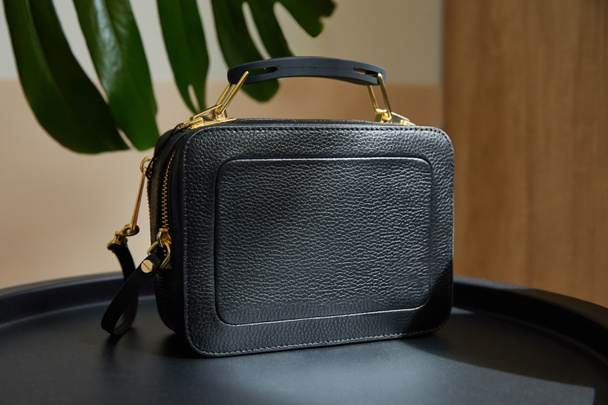
Key Takeaways
- Exotic leather comes from non-traditional sources such as alligators, snakes, and ostriches, and is known for its unique texture and appearance.
- Different types of exotic leather include alligator, crocodile, snake, ostrich, and stingray, each with its own distinct characteristics and uses.
- Exotic leather is known for its durability, flexibility, and water resistance, making it a popular choice for luxury goods and accessories.
- When choosing the right exotic leather for your project, consider factors such as the intended use, desired appearance, and budget.
- Working with exotic leather requires specialized tools and techniques, as well as a good understanding of the material’s unique properties and handling requirements.
- Caring for exotic leather involves regular cleaning, conditioning, and protection from moisture and sunlight to maintain its beauty and longevity.
- Ethical considerations in using exotic leather include ensuring that the material is sourced responsibly and in compliance with wildlife conservation laws.
- In conclusion, embracing the beauty of exotic leather involves understanding its unique qualities, making informed choices, and practicing responsible use and care.
Different Types of Exotic Leather
There is a diverse array of exotic leathers available, each with its own unique characteristics and applications. One of the most well-known types is crocodile leather, prized for its durability and distinctive scale pattern. This leather is often used in high-end fashion items and accessories due to its luxurious appearance and resilience.
Similarly, alligator leather shares many of the same qualities but is typically more expensive due to its rarity and the complexity involved in sourcing it. Another popular type of exotic leather is python skin, which is celebrated for its striking patterns and flexibility. Python leather can be found in various colors and finishes, making it a favorite among designers looking to make bold statements.
Additionally, there are leathers derived from less common sources, such as stingray and ostrich. Stingray leather is known for its unique texture and durability, while ostrich leather features distinctive quill marks that add to its visual appeal. Each type of exotic leather brings its own set of qualities to the table, allowing artisans to choose materials that best suit their creative vision.
Exotic Leather Properties

The properties of exotic leather vary significantly depending on the source animal and the tanning process used. Generally speaking, exotic leathers tend to be more durable than traditional cowhide due to their unique structural characteristics. For instance, reptile leathers like crocodile and alligator are known for their toughness and resistance to wear, making them ideal for items that require longevity.
Additionally, many exotic leathers possess natural water resistance, which can be advantageous in certain applications. In terms of aesthetics, exotic leathers often feature intricate patterns and textures that are not found in standard leathers. The scales of crocodile or the unique markings of ostrich can add a level of sophistication and individuality to any product.
Furthermore, these materials can be dyed in a variety of colors, allowing for endless customization options. The combination of durability and visual appeal makes exotic leather a sought-after choice for luxury goods.
Choosing the Right Exotic Leather for Your Project
When selecting exotic leather for a project, it is essential to consider both the intended use and the desired aesthetic outcome. Different types of exotic leather lend themselves to various applications; for example, crocodile leather may be ideal for structured handbags or wallets due to its stiffness and durability, while python leather might be better suited for softer items like clothing or accessories that require flexibility. Additionally, it is crucial to evaluate the quality of the leather being considered.
High-quality exotic leather should have a consistent texture and color without any significant blemishes or imperfections. It is also important to consider the thickness of the leather; thicker hides may be more suitable for items that require structure, while thinner leathers can provide a more delicate appearance. By carefully assessing these factors, artisans can ensure they select the right type of exotic leather that aligns with their project goals.
Working with Exotic Leather
Working with exotic leather requires specialized skills and techniques due to its unique properties. Unlike traditional leather, which can be more forgiving during the crafting process, exotic leathers often demand precision and care. For instance, when cutting or stitching these materials, it is essential to use sharp tools designed specifically for leatherwork to avoid damaging the delicate surface.
Additionally, artisans should familiarize themselves with the specific characteristics of the type of exotic leather they are using. For example, crocodile leather may require different stitching techniques compared to python skin due to variations in thickness and texture. It is also advisable to practice on scrap pieces before committing to a final project, as this allows artisans to refine their techniques without risking valuable materials.
By taking the time to understand how to work with exotic leathers properly, crafters can achieve stunning results that showcase the beauty of these unique materials.
Caring for Exotic Leather
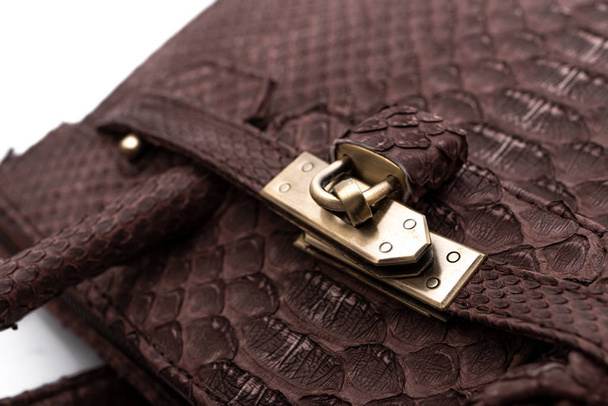
Caring for exotic leather is crucial to maintaining its appearance and longevity. Due to its unique properties, this type of leather often requires specific cleaning and conditioning methods. Regular maintenance is essential; dust and dirt should be gently wiped away using a soft cloth to prevent buildup that could damage the surface over time.
Conditioning is another vital aspect of care for exotic leathers. Many types benefit from specialized conditioners designed for their specific needs. For instance, crocodile and alligator leathers may require oils that help maintain their natural luster without compromising their texture.
It is important to avoid using harsh chemicals or excessive moisture when cleaning or conditioning these materials, as they can lead to discoloration or damage. By following proper care guidelines, owners can ensure their exotic leather items remain beautiful for years to come.
Ethical Considerations in Using Exotic Leather
The use of exotic leather raises important ethical considerations that must be addressed by both consumers and artisans alike. The sourcing of these materials often involves complex issues related to wildlife conservation and animal welfare. Many species used for exotic leather are protected by international laws aimed at preventing overexploitation and ensuring sustainable practices.
Artisans should prioritize sourcing their materials from reputable suppliers who adhere to ethical standards and regulations regarding wildlife trade. This not only helps protect endangered species but also supports sustainable practices within the industry. Additionally, consumers are encouraged to educate themselves about the origins of the exotic leathers they purchase and consider supporting brands that demonstrate a commitment to ethical sourcing practices.
By making informed choices, both artisans and consumers can contribute positively to the future of exotic leather use.
Embracing the Beauty of Exotic Leather
Exotic leather offers a world of possibilities for artisans and consumers alike, combining beauty with functionality in ways that traditional leathers cannot match. The unique textures, colors, and patterns found in these materials allow for creative expression while also providing durability that stands the test of time. As interest in luxury goods continues to grow, so too does the appreciation for the craftsmanship involved in working with exotic leathers.
However, it is essential to approach this material with respect and responsibility. By understanding the properties of different types of exotic leather, choosing ethically sourced materials, and practicing proper care techniques, we can embrace the beauty of these unique materials while ensuring their sustainability for future generations. Whether you are an artisan looking to create stunning pieces or a consumer seeking luxurious items that stand out from the crowd, exotic leather presents an opportunity to celebrate craftsmanship and individuality in every creation.
FAQs
What are the different types of exotic leather used in leathercraft?
Exotic leather used in leathercraft includes alligator, crocodile, ostrich, snake, lizard, and stingray leather.
What are the properties of alligator and crocodile leather?
Alligator and crocodile leather are known for their durability, unique scale patterns, and water resistance. They are often used in luxury leather goods.
What are the properties of ostrich leather?
Ostrich leather is known for its softness, flexibility, and distinctive quill patterns. It is also highly durable and resistant to cracking.
What are the properties of snake and lizard leather?
Snake and lizard leather are known for their unique scale patterns, lightweight nature, and flexibility. They are often used in smaller leather goods and fashion accessories.
What are the properties of stingray leather?
Stingray leather is known for its durability, unique texture, and water resistance. It is often used in high-end leather goods and accessories.
How is exotic leather different from traditional leather?
Exotic leather differs from traditional leather in terms of its unique textures, patterns, and properties. It is often more expensive and requires specialized care and maintenance.

